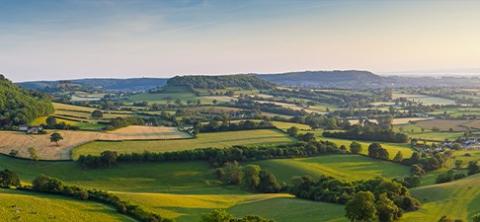Furthermore, it seeks to identify the major sources of divergence and to provide some recommendations on specific areas for further work to tighten up the guidance in accordance with the best available science.
Objective
1) To establish a set of reference systems on which to undertake the inter-comparison of tools. The full range of UK farm types will be included, as per Defra’s robust farm type classification (As defined in the Farm Business Survey): Cereals; General Cropping; Horticulture; Specialist Pigs; Specialist Poultry; Dairy; LFA Grazing; Livestock; Lowland Grazing Livestock; Mixed
2) To establish and characterise the current range of foot-printing tools available. There are over 60 tools currently available, and a comprehensive assessment of all of these would be prohibitive.
3a) To summarise and characterise the differences between the outputs and inputs of various tools, for a range of farming systems with a focus on methodologies, treatment and presentation of carbon sequestration and of land use change.
3b) Present variability of results, identifying key drivers that give rise to differences in outputs, and map out the benefits and limitations of methodologies implemented in tools across a range of emissions pathways to include, but not restricted to: Enteric methane emissions; Manure storage and management emissions; Emissions from soil nutrient management; Emissions from crop residues; Emissions from land use change and land management; Upstream emissions from inputs to the system (fertilisers, feeds, agrochemicals).
4) To summarise key recommendations for future work; setting out recommendations on how divergence between tools could be reduced. Where possible to identify existing standardised methodologies to address deficiencies, e.g., internationally accredited methods from relevant institutions (IPCC etc.)
NB: Analysis of the functionality of six carbon calculators was conducted in May 2023 based on the versions publicly available at that time. Most of the calculators then assessed have been updated during and since data collection, including to address some of the research recommendations. Analysis results are anonymised and do not endorse any one calculator.
Access the full report below.




